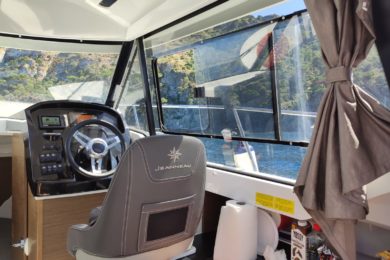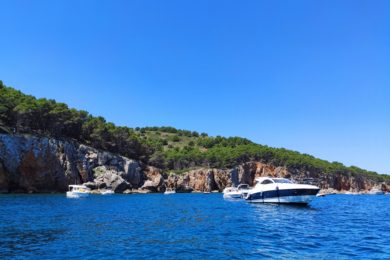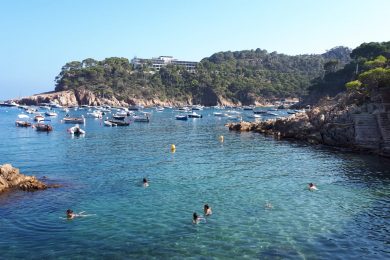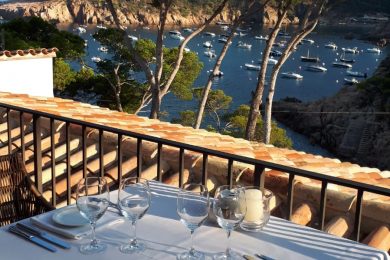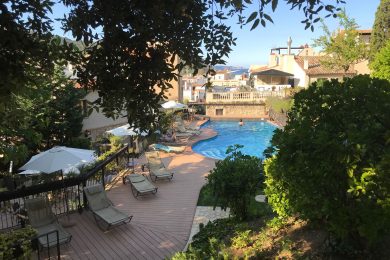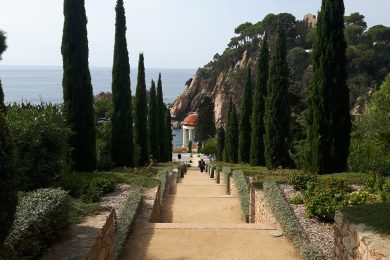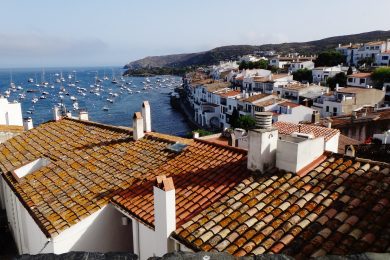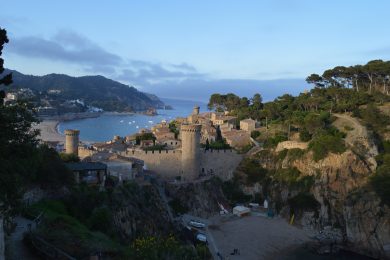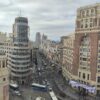Aínsa, always welcoming, offers visitors a wide range of cultural and leisure activities. Located on the north of Aragon, close to France border, and 80km from Alquezar, our next stop.
Its privileged enclave makes it a starting point for excursions on foot or by bicycle, for mountaineers and skiers, for hunters and fishermen who find here one of the few unspoiled corners that remain today, for lovers of art and history.
Parking info: don’t park on the lower part of the village, follow the indication to park up, close to the castle.
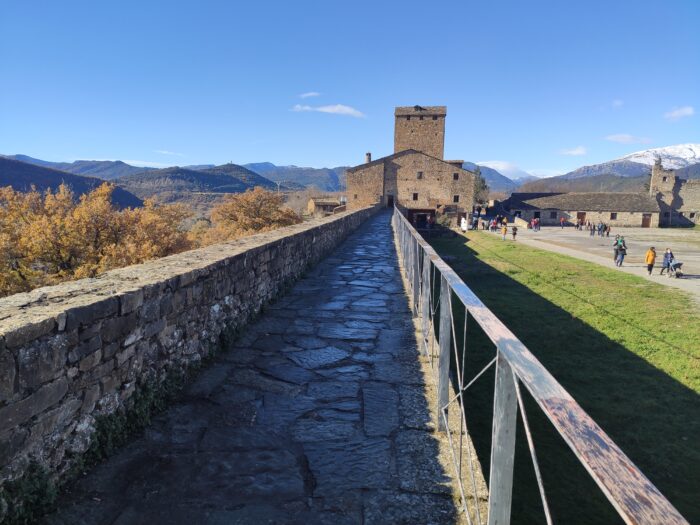
AINSA VALLEY
It is located in the region of Sobrarbe, which corresponds to the ancient county of the same name that arose more than a millennium ago in the north of the province of Huesca.
At an altitude of 589 meters above sea level and with more than 2000 inhabitants, Ainsa, the largest village in the municipality, has a privileged location at the confluence of the rivers Cinca and Ara. And it is a strategic starting point to visit the National Park of Ordesa and Monte Perdido, the Posets-Maladeta Natural Park and, crossing the “Biello Sobrarbe”, the Natural Park of Sierra los Cañones de Guara.
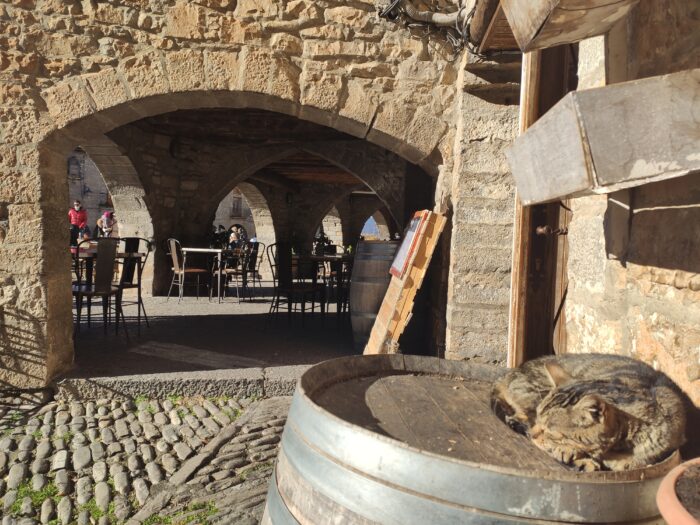
AINSA VILLAGE
Aínsa consists of two clearly differentiated part: the commercial and modern part, which arose around the crossroads, and the medieval village. Strolling through the old streets of the town, declared a Historic-Artistic Site in 1965, we will enjoy the warmth of its people and the beauty of an environment with a clear medieval flavor.
In a hillock to the north of the present town, remains of small constructions were found, still unstudied, with some samples of Roman pottery. However, due to the lack of documentation, we do not know the historical evolution of Ainsa until 1124, when Alfonso I granted it a Town Charter, with the same privileges as the city of Jaca.
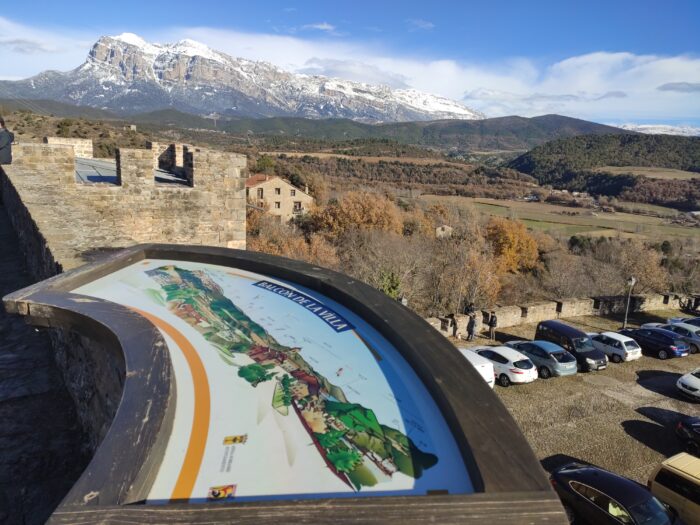
Prior to this, the legend of the Cross of Sobrarbe dates back to 724: Christians who had fled from Muslim rule gathered in Ainsa and undertook the reconquest. The Christian troops, led by Garcí-Ximeno, managed to win the battle thanks to the appearance, on a holm oak, of a cross of fire, which gave them the courage to recover the city. The victory is still commemorated today with the biannual festival of “La Morisma”. The cross on the holm oak is the symbol of Sobrarbe and appears in one of the quarters of the coat of arms of Aragon.
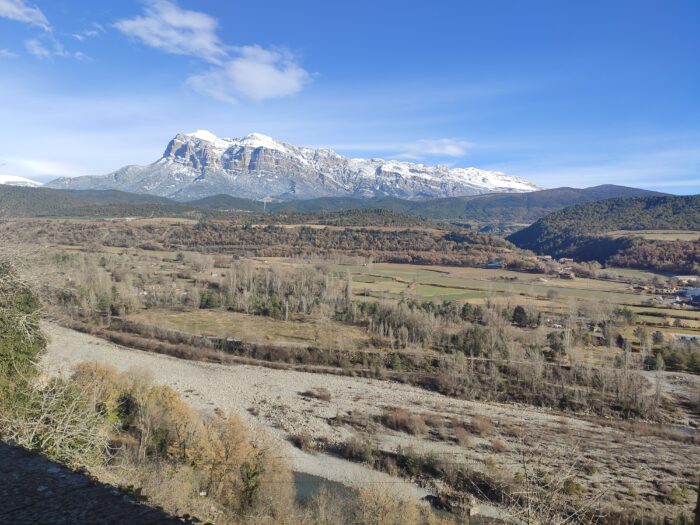
AROUND AÍNSA VALLEY
- Ordesa and Monte Perdido National Park
- Torreciudad
- Torla-Ordesa
- Barbastro
- Alquézar

